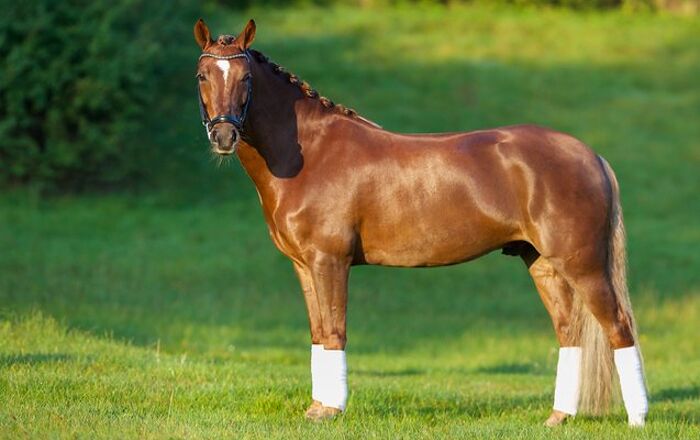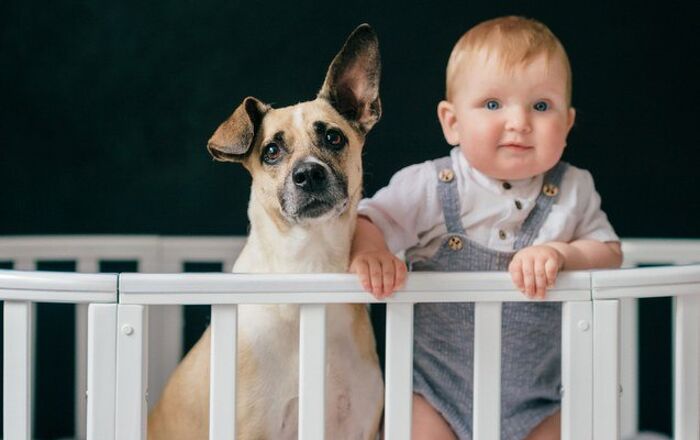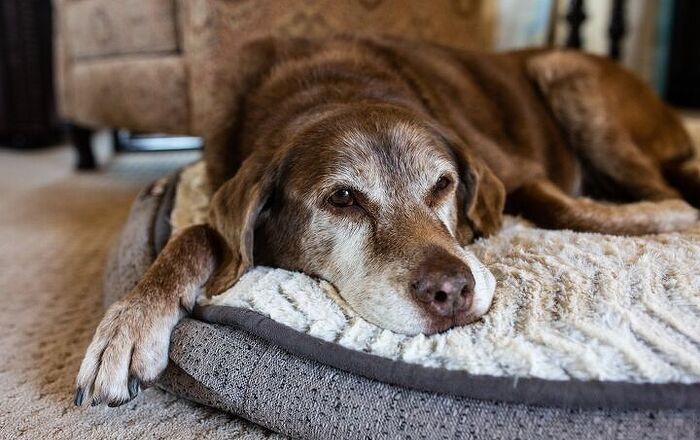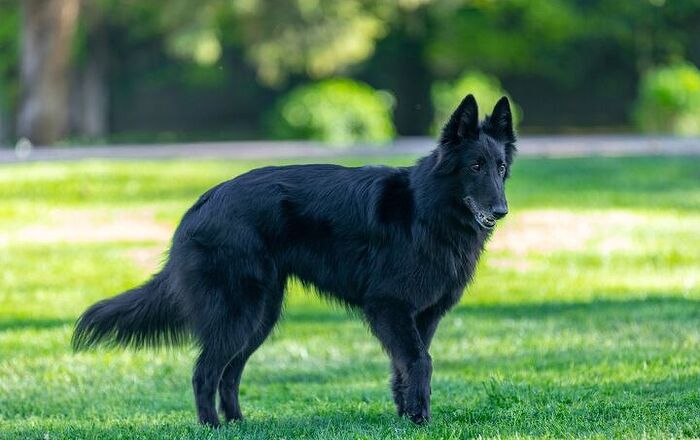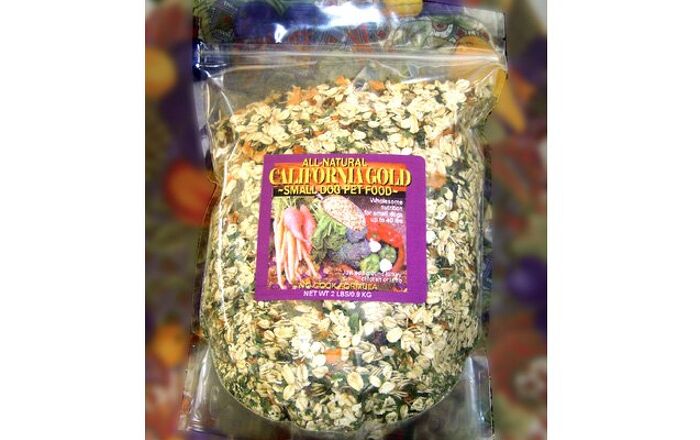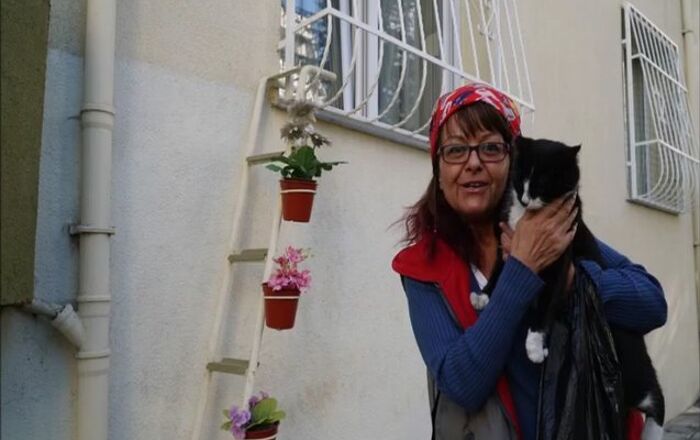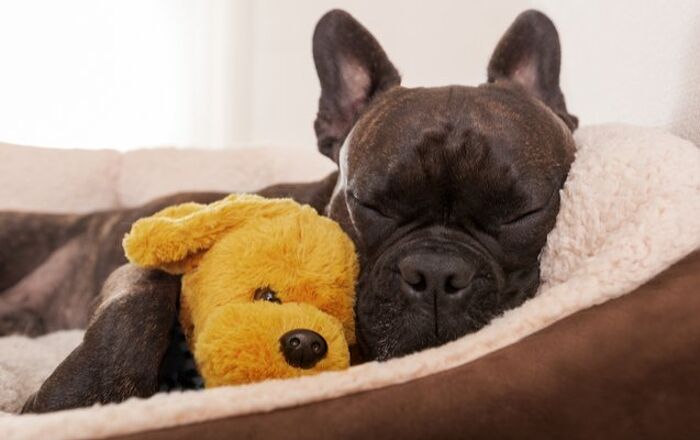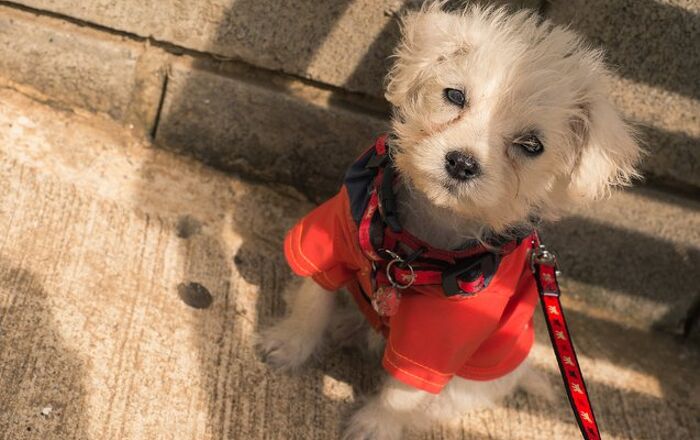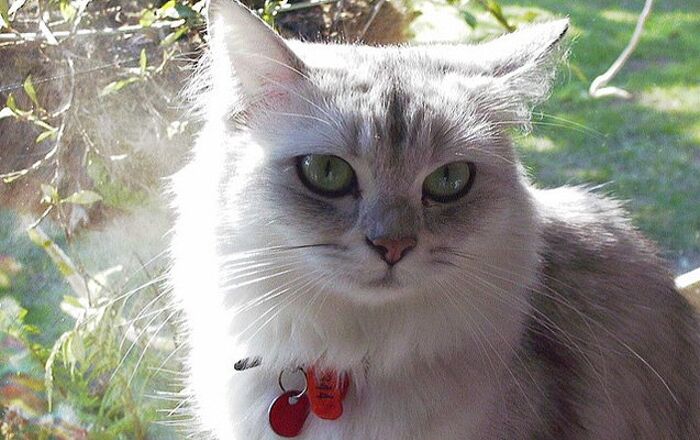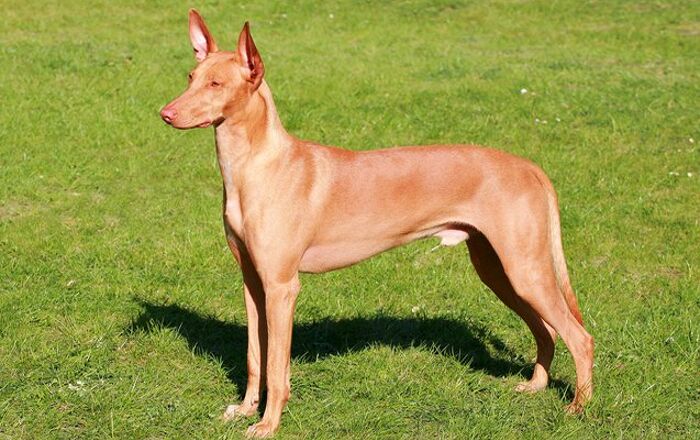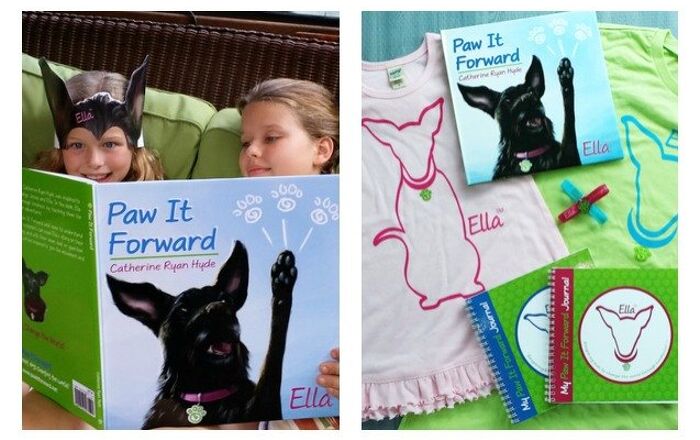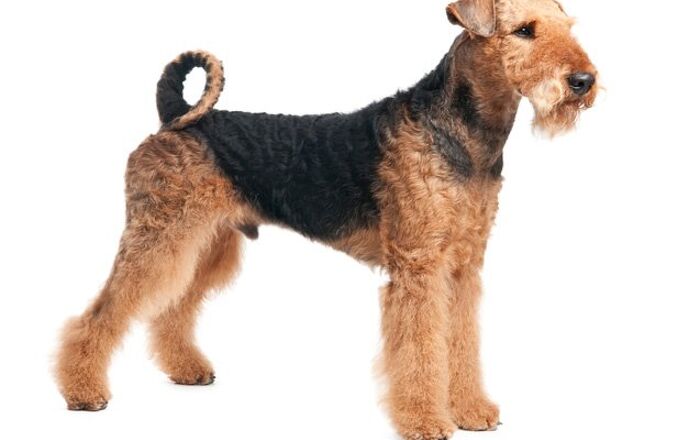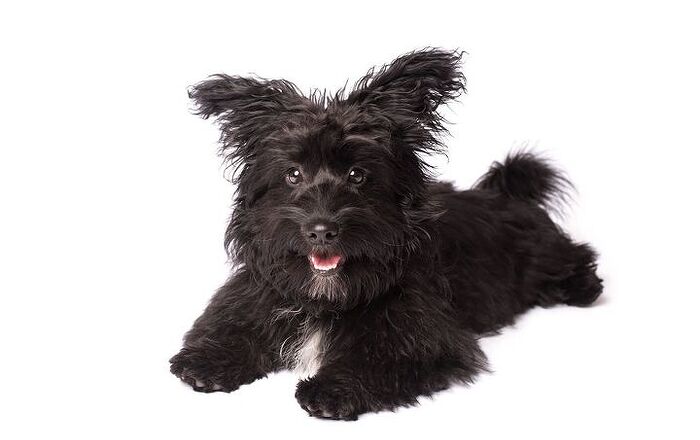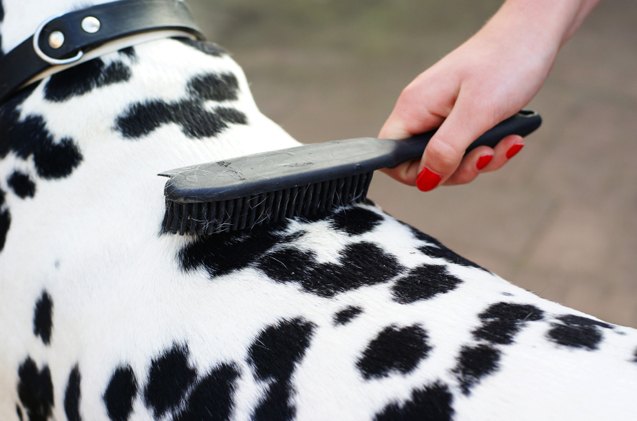
Give your dog the brush off… with the right kind of brushing for his coat type
Brushing your dog might seem fairly straight forward, but there’s more to it than first meets the eye. The exact brushing routine that you should give your dog depends on the type of coat he has, so you need to be ready to cater to his specific needs. It’s important that you have a regular brushing routine in place for your dog, because it not only keeps his coat healthy, but can also make a big difference to the health of his skin. Take note of the different brushing routines necessary for different kinds of dogs and your pooch will thank you.
Short, Smooth-Coated Dogs
Some people think it’s not necessary to brush a dog with a short, smooth coat, but this is untrue. Sure, your short-haired pooch might not get matted or tangled, but he still sheds. Plus, brushing your dog is great for his skin. To brush a short, smooth coated dog, you’ll need a bristle brush (synthetic is fine, it doesn’t have to be real bristles) with bristles that are fairly short and tightly packed. You’ll really only need to brush your short haired dog once or twice each week. Brush him all over, with firm yet gentle strokes of the bristle brush.
Short, Wiry-Coated Dogs
Dogs such as certain types of terrier can have short, wiry coats. They tend to be slightly longer than smooth coats and are more prone to tangling. While a firm bristle brush is useful for dogs with these types of coats, you may also find it useful to use a slicker brush, which is a type with thin, flexible metal pins. This will make it easier to work through any tangles that might occur. You should brush a wire-coated dog slightly more regularly than a short, smooth coated dog – ideally two to three times per week.
Medium-Coated Dogs
Dogs with medium length coats generally need to be brushed every other day, but ones with softer smoother coats may be more prone to tangles than pooches with harsher fur. A wire pin brush is the ideal kind to use to get through the longer hairs, but you may also have some success using a bristle brush, which has long, soft bristles, as this will work through the coat quite nicely. You should also use a slicker brush on any mats that appear, though if you get to them quickly, they shouldn’t be hard to work out.
Long-Coated Dogs
You have to be brave to own a truly long-coated dog, as they require a look or care and maintenance. In an ideal world, you should be grooming a long-haired dog for at least 5 to 10 minutes each day, to remove and help prevent any tangles. A wire pin brush and a comb are going to be the main weapons in your arsenal. When brushing through your dog’s coat, pay particular attention to the areas which are prone to matting, which include the elbows, behind the ears, between the legs, the tummy and around the base of the tail.
Curly-Coated Dogs
Some dogs with curly coats, such as Poodles and Bedlington terriers, don’t shed very well on their own. The hairs fall out from their roots, but get stuck in the coat and can easily form mats. The only way to prevent these mats from forming when these kinds of dogs have a full, natural coat, is to make sure your groom them daily. A slicker brush and a shedding blade are going to be most helpful for grooming a curly coated dog. You should brush a pooch with this kind of fur daily or at least every other day.
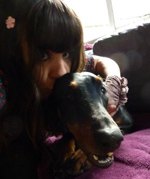
Lauren Corona is a freelance writer from merry old England. She specializes in writing about dogs and other critters. Lauren lives near Oxford, with her gorgeous Doberman, Nola. When she’s not tapping away at the keyboard, you’ll find her walking in the woods with Nola-dog, raising money for the Oxfordshire Animal Sanctuary, cooking vegan food, making zines and writing about herself in the third person.

